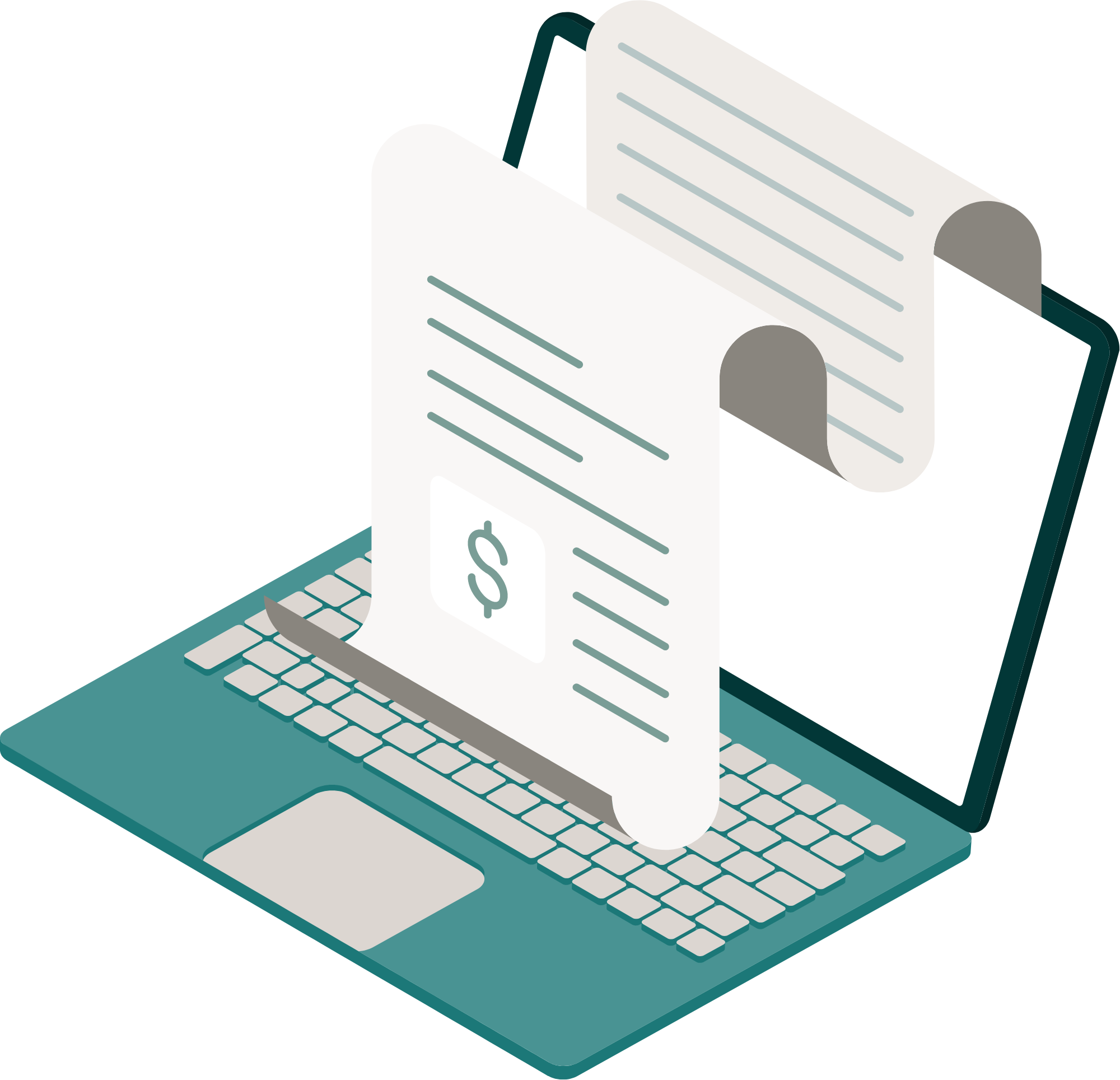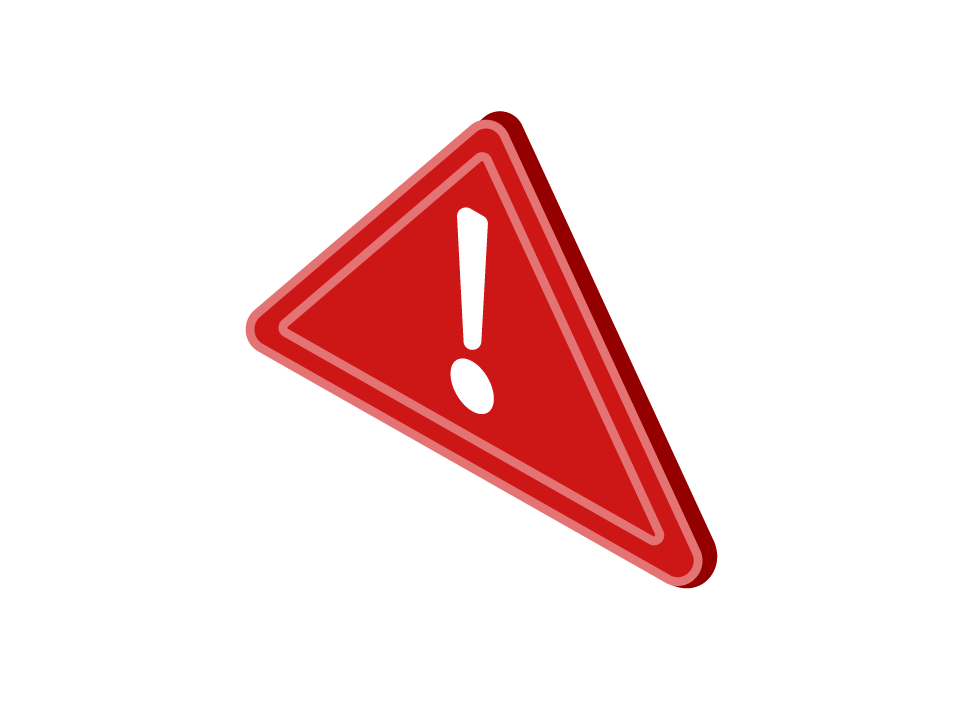Statement Period or End Date:
Be sure there is a specific end date, and your statement periods are consistent (e.g., January 1st to March 31st).

Account Holder(s) Name, Address and Account Number:
Be sure that all information is accurate. Notify your firm of any change.
Firm Contact Information:
Check that the name of your firm and your advisor and contact information are clearly and accurately displayed in the event you would need to contact them.

Account Summary:
Shows the opening balance, total withdrawals, total deposits, and closing balance for the period. Compare the Opening Market Value to the Closing Market Value. Make sure the closing market value makes sense given the change in account value or activity during the period.
Fees:
Most fees must be disclosed on your account statements or trade confirmations. Check for any fees that seem too much or unfamiliar.
Account Activity:
This provides detailed transaction information during the statement period. Check for unauthorized activity and be sure that activity matches your trade confirmations.
Portfolio Detail:
Lists the investments in your account. Check for any missing of unfamiliar assets.
Disclosures and Definitions
In this section you will find explanations from fees to key definitions. It’s also where you’ll find legal information.
Red Flag
Pay attention for statements that look unprofessional or altered in any way. For instance, logos that have a poor or low resolution or fonts that are different from other statements or communications from the firm. This may be a scam.
